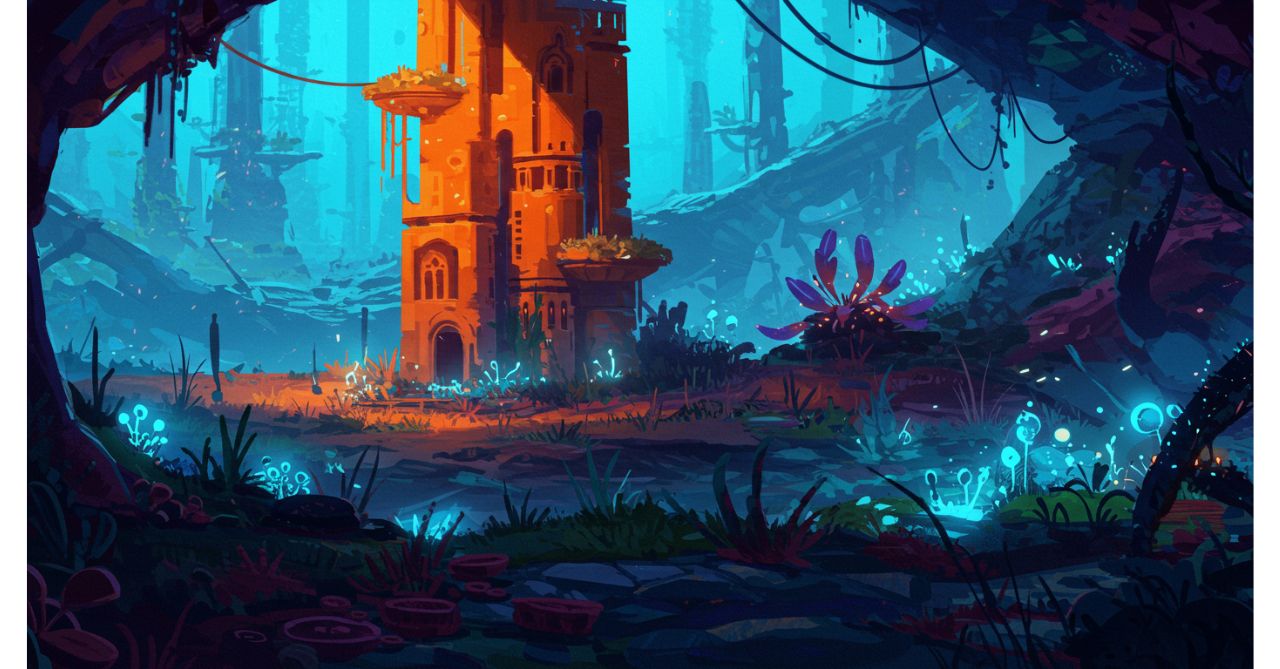In an age where new terms and ideas emerge rapidly, one that has sparked curiosity recently is insanont. This seemingly enigmatic term has begun to permeate both online discussions and academic circles, leaving many wondering: What exactly is insanont? Is it a concept, a movement, a philosophy, or something else entirely?
This article aims to demystify insanont, providing readers with a comprehensive understanding of its meaning, origin, usage, and potential impact on various spheres such as technology, art, and social culture.
What is Insanont?
At its core, is a hybrid term—possibly derived from the fusion of “insane” and “nonconformant”—representing ideas or behaviors that challenge conventional norms. While there is still debate surrounding its exact definition, the most accepted understanding is that embodies a mindset that is radically creative, boundary-breaking, and often contradictory to mainstream logic.
The term insanont first appeared on niche internet forums and subcultures before gradually gaining momentum in broader conversations. It often describes concepts, people, or works of art that exist outside typical frameworks.
The Origin and Evolution of Insanont
Although insanont is a relatively recent entry into cultural vocabulary, its spirit reflects a long tradition of avant-garde thought. From Dadaism in the early 20th century to the cyberpunk movement of the 1980s, the philosophy behind echoes resistance to rigid structures and celebration of chaos-infused innovation.
Linguistically, the word follows the digital era trend of creating new terms by blending sounds and ideas. This makes it not only unique but also representative of today’s fragmented and fast-evolving cultural landscape.
Why is Insanont Gaining Popularity?
Several factors have contributed to the rise of :
-
Digital Freedom: The internet provides platforms where unconventional ideas can thrive. behavior or content often goes viral precisely because it defies expectations.
-
Cultural Saturation: With a constant flood of content, people crave something different. material offers the novelty many seek.
-
Youth Rebellion: Gen Z and younger millennials are increasingly skeptical of traditional systems. Embracing insanont allows them to explore alternative narratives.
Insanont in Digital Art and Media
One of the most fertile grounds for expression is digital art. Artists are using glitch aesthetics, generative design, and absurdist themes to convey ideas. From short films to social media content, creators are pushing boundaries that would have seemed irrational or even offensive just a decade ago.
TikTok and Instagram, in particular, have birthed entire genres of content. Users deliberately break the fourth wall, mix surreal humor with social commentary, and reject polished production in favor of raw, chaotic expression.
The Psychological Roots of Insanont
Understandingt also requires a look at human psychology. Psychologists argue that embracing unpredictability can be a form of self-expression and even therapy. For some, is a way to process the chaos of the world around them. It’s a mirror of internal states projected into creative outputs.
Interestingly, is not about mental instability. Rather, it reflects a conscious choice to reject linear thinking. It promotes a more fluid, intuitive, and multidimensional approach to both thought and action.
Applications of Insanont in Business and Marketinginsanont,
Surprisingly, insanont has found relevance in business and marketing. Brands targeting younger demographics are incorporating aesthetics and themes in their advertising campaigns. The key is to appear authentic, offbeat, and even slightly disruptive—without crossing into offensive territory.
For example, companies are now using chaotic visuals, ironic slogans, and unexpected product launches to create buzz. These campaigns often go viral because they tap into the spirit: unconventional, bold, and thought-provoking.
Criticism and Controversy Around Insanont
Not everyone views positively. Critics argue that it can be used to justify poor-quality content or irresponsible behavior. When taken too far, actions may blur the line between creativity and recklessness.
There’s also the risk of commodification. As brands and influencers adopt as a trend, its core values could become diluted. Authenticity, the very heart of may be lost in the race for likes and shares.
Insanont and the Future of Innovation
Despite the criticisms, iholds immense promise for innovation. In technology, it may inspire out-of-the-box solutions that challenge existing frameworks. In education, it might promote more experimental learning models. In design, it encourages breaking from uniformity and embracing the unexpected.
As we move deeper into an age of automation and artificial intelligence, human creativity becomes even more valuable.thinking—nonlinear, bold, and defiant—could be the edge we need to stay imaginative and human in an increasingly automated world.
How to Embrace the Insanont Mindset
If you’re curious about adopting an approach in your own life, here are a few tips:
-
Question Norms: Don’t accept traditions blindly. Analyze why things are done a certain way.
-
Experiment Boldly: Try things that seem illogical. Creativity often starts where logic ends.
-
Embrace Failure: ventures may not always succeed, but they’ll teach you more than playing it safe.
-
Engage in Cross-Disciplinary Learning: Combine knowledge from unrelated fields to spark new ideas.
-
Stay Curious: Be open to the bizarre, the humorous, and the absurd.
Conclusion:
Insanont is more than a buzzword. It’s a reflection of our times—fluid, chaotic, and full of potential. As society evolves, so too do the ways we think, create, and interact. embodies the refusal to conform, the courage to innovate, and the power to redefine what’s possible
